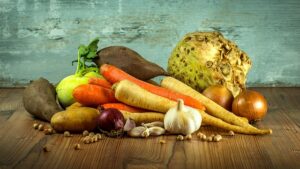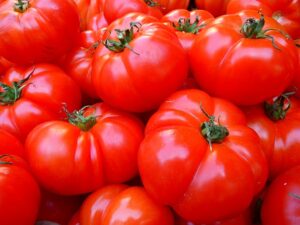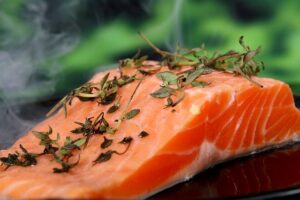Introduction
Eating an adequate amount of protein is essential for maintaining a healthy diet and supporting various bodily functions. For individuals who are looking to consume 150 grams of protein per day, it is important to have a well-planned diet that includes protein-rich foods. In this article, we will explore different strategies and food sources to help you achieve your daily protein goal.
Calculating Your Protein Needs
Before diving into the details, it is important to determine how much protein you actually need. The recommended daily protein intake varies depending on factors such as age, sex, weight, and activity level. As a general guideline, the average sedentary adult requires about 0.8 grams of protein per kilogram of body weight. However, for individuals who are physically active or looking to build muscle, the recommended intake may be higher.
To calculate your protein needs, multiply your weight in kilograms by the appropriate factor. For example, if you weigh 70 kilograms and are physically active, you may require around 1.2 to 1.7 grams of protein per kilogram of body weight. This would amount to approximately 84 to 119 grams of protein per day.
Include Protein-Rich Foods in Your Diet
To meet your daily protein goal, it is important to incorporate a variety of protein-rich foods into your diet. Some excellent sources of protein include:
1. Lean Meats: Chicken breast, turkey, lean cuts of beef, and pork tenderloin are all great options. Aim for about 25 grams of protein per 100 grams of cooked meat.
2. Fish and Seafood: Salmon, tuna, cod, shrimp, and other seafood options are not only rich in protein but also provide omega-3 fatty acids. Aim for about 20 grams of protein per 100 grams of cooked fish or seafood.
3. Eggs: Eggs are an affordable and versatile source of protein. One large egg contains approximately 6 grams of protein.
4. Dairy Products: Greek yogurt, cottage cheese, and milk are all excellent sources of protein. Greek yogurt, in particular, can provide around 15-20 grams of protein per serving.
5. Legumes: Lentils, chickpeas, black beans, and other legumes are not only high in protein but also rich in fiber. Aim for about 15 grams of protein per 100 grams of cooked legumes.
6. Nuts and Seeds: Almonds, peanuts, chia seeds, and hemp seeds are all protein-rich options. However, keep in mind that they are also high in calories, so portion control is important.
Meal Planning for Protein
To ensure you are consuming enough protein throughout the day, it can be helpful to plan your meals and snacks in advance. Here are some tips for meal planning with a focus on protein:
1. Start with Breakfast: Include protein-rich foods like eggs, Greek yogurt, or protein smoothies in your breakfast to kickstart your day.
2. Prioritize Protein at Every Meal: Make sure each meal contains a good source of protein, whether it’s lean meats, fish, eggs, or plant-based options like legumes or tofu.
3. Snack on Protein: Incorporate protein-rich snacks like Greek yogurt, cottage cheese, or protein bars into your daily routine to increase your protein intake.
4. Opt for Protein Supplements: If you struggle to meet your protein needs through food alone, consider adding protein supplements like whey protein powder or plant-based protein powders to your diet.
Conclusion
Consuming 150 grams of protein per day can be achieved by incorporating a variety of protein-rich foods into your diet and planning your meals accordingly. Remember to calculate your specific protein needs based on your weight, activity level, and other factors. By following these guidelines and making conscious choices, you can easily meet your daily protein goal.
References
– Mayo Clinic: mayoclinic.org
– Healthline: healthline.com
– National Institutes of Health: nih.gov













